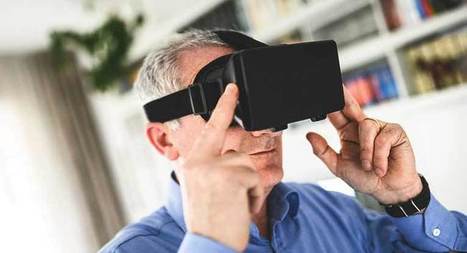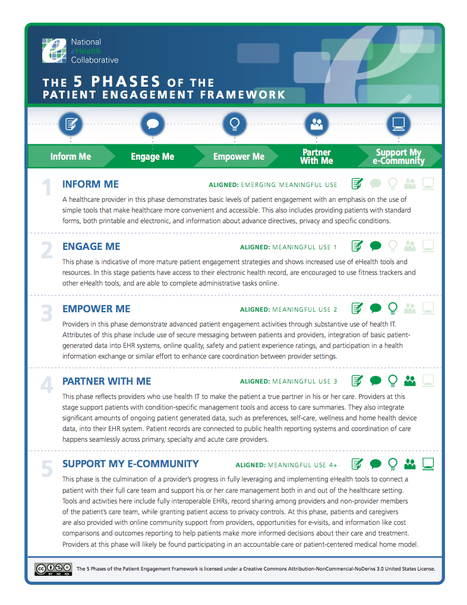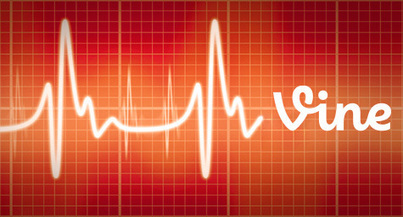We live in a pre-Copernican model where all of the planets float around the healthcare system, including the patient. What we need is the patient at the center. We need to put the sun where it belongs.
Get Started for FREE
Sign up with Facebook Sign up with X
I don't have a Facebook or a X account
 Your new post is loading... Your new post is loading...
 Your new post is loading... Your new post is loading...

eMedToday's curator insight,
July 7, 2013 7:31 PM
Pharma need to understand the trends and ask the question.
How do I re-organize my digital marketing to reflect where health care is today.
It is not in DTC TV Ads 
eMedToday's curator insight,
July 7, 2013 7:32 PM
An important element of e detailing should include patient engagement on a mobile platform.
So Pharma should develop solutions to help patients understand their disease and drug requirments |

Marisa Maiocchi's curator insight,
December 7, 2013 11:05 AM
Si bien las estadísticas pertenecen a los Estados Unidos, marcan una tendencia, que ya fue advertida por otros estudios (You share, We care). En América Latina tenemos que avanzar en e-Health porque los pacientes están ya en esa conversación!

Danni Gohemi's comment,
July 28, 2013 8:55 PM
I agree! My favorite saying has always been an informed customer is a good customer, same for patients. The more they know and understand about their condition the more "pro-active" they can be in their health care regimen and recovery.

Danni Gohemi's comment,
July 28, 2013 8:58 PM
... on the other hand there can be hidden pitfalls. It first began with the computer and "information highway" that people started to self-diagnose and self-medicate with drugs they could by over the counter or the Internet. Self-diagnosis and self-medicating is a little bit like practicing medicine without a license. So, caution with the giving too much info in form of possible diagnoses.

ET Russell's comment,
July 29, 2013 4:30 AM
Dannie, ditto. So with that in mind, it is so important for health services, hospitals and GPs to build their brand, a trusting brand that consumers can go to for trustworthy information, resources and link referrals.
|























